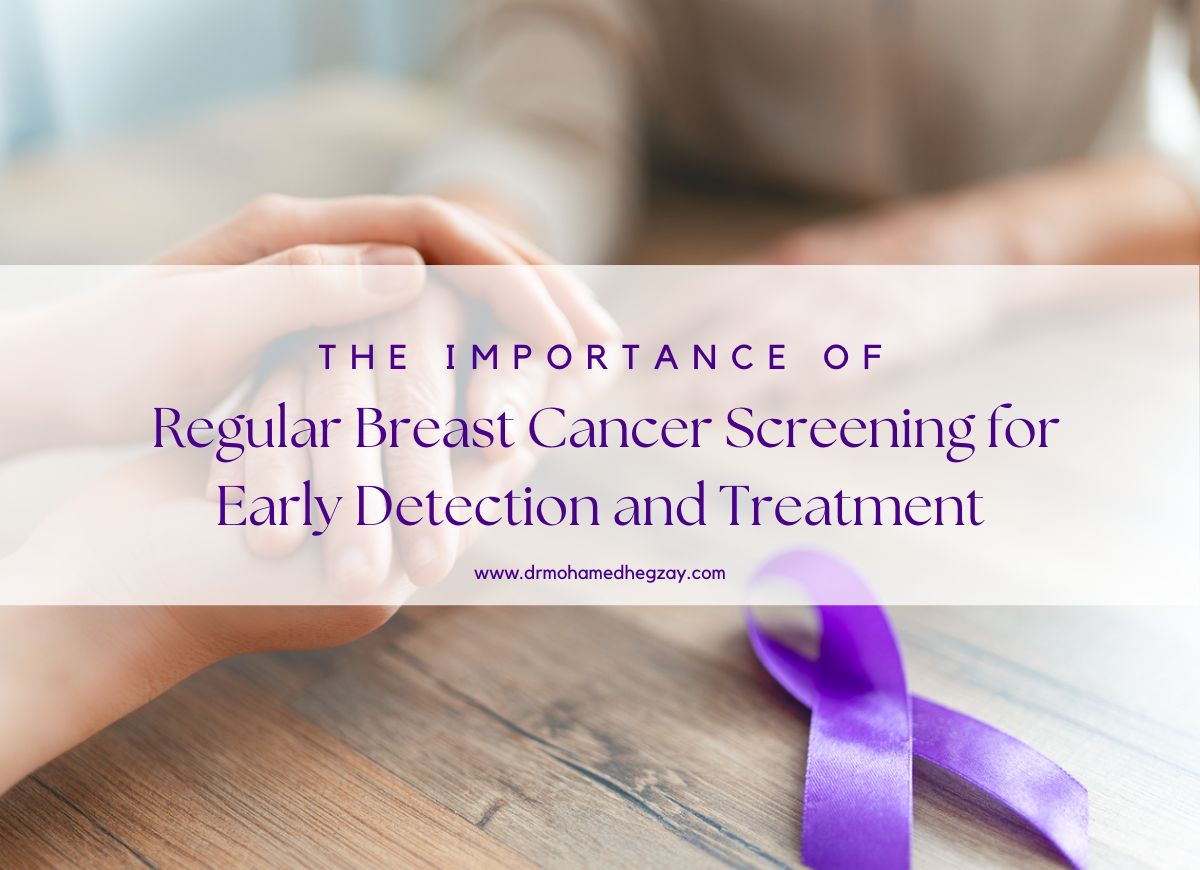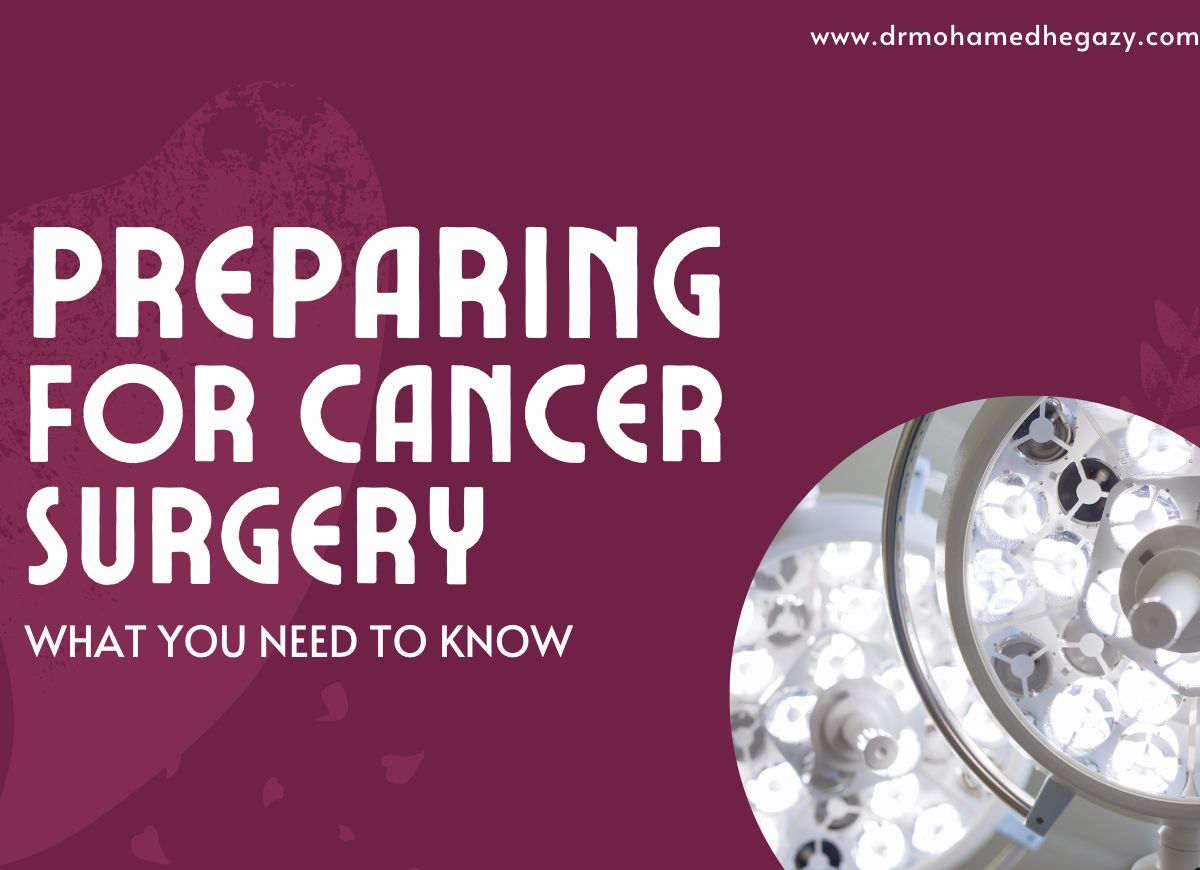Breast cancer screening is an essential part of maintaining good breast health. It involves the use of various medical tests and exams to detect breast cancer before any symptoms appear. Early detection of breast cancer through screening can lead to better treatment outcomes and increase the chances of survival. In this article, we will discuss the different types of breast cancer screening and the importance of regular screening.
Types of Breast Cancer Screening
- Mammography: Mammography is the most common type of breast cancer screening. It involves taking X-ray images of the breast tissue to detect any abnormalities such as lumps or calcifications. Mammograms are recommended for women over the age of 40 and should be done annually or as recommended by your healthcare provider.
- Clinical Breast Exam (CBE): A clinical breast exam is a physical exam of the breast tissue by a healthcare professional. During this exam, the healthcare provider checks for any lumps or abnormalities in the breast tissue. CBEs are recommended every 1-3 years for women in their 20s and 30s and annually for women over the age of 40.
- Breast Self-Exam (BSE): A breast self-exam involves a woman checking her own breasts for any lumps or abnormalities. It is recommended that women perform a BSE monthly starting in their 20s. However, it is important to note that BSEs are not a substitute for regular mammograms or clinical breast exams.
The Importance of Regular Screening
Regular breast cancer screening is important for early detection and treatment of breast cancer. Early detection of breast cancer through screening can lead to better treatment outcomes and increase the chances of survival. Women who are at higher risk of developing breast cancer, such as those with a family history of the disease, may need to start screening at an earlier age and have more frequent screening.
It is important to note that breast cancer screening is not perfect and can sometimes miss cancers or result in false positives. False positives occur when a screening test detects an abnormality that turns out not to be cancer. This can lead to additional testing and anxiety for the patient. However, the benefits of regular breast cancer screening outweigh the risks, and it is important to follow the recommended screening guidelines.
In conclusion, breast cancer screening is an essential part of maintaining good breast health. Mammography, clinical breast exams, and breast self-exams are all important tools for detecting breast cancer early. Regular screening can lead to better treatment outcomes and increase the chances of survival. It is important to follow the recommended screening guidelines and discuss any concerns with your healthcare provider.




